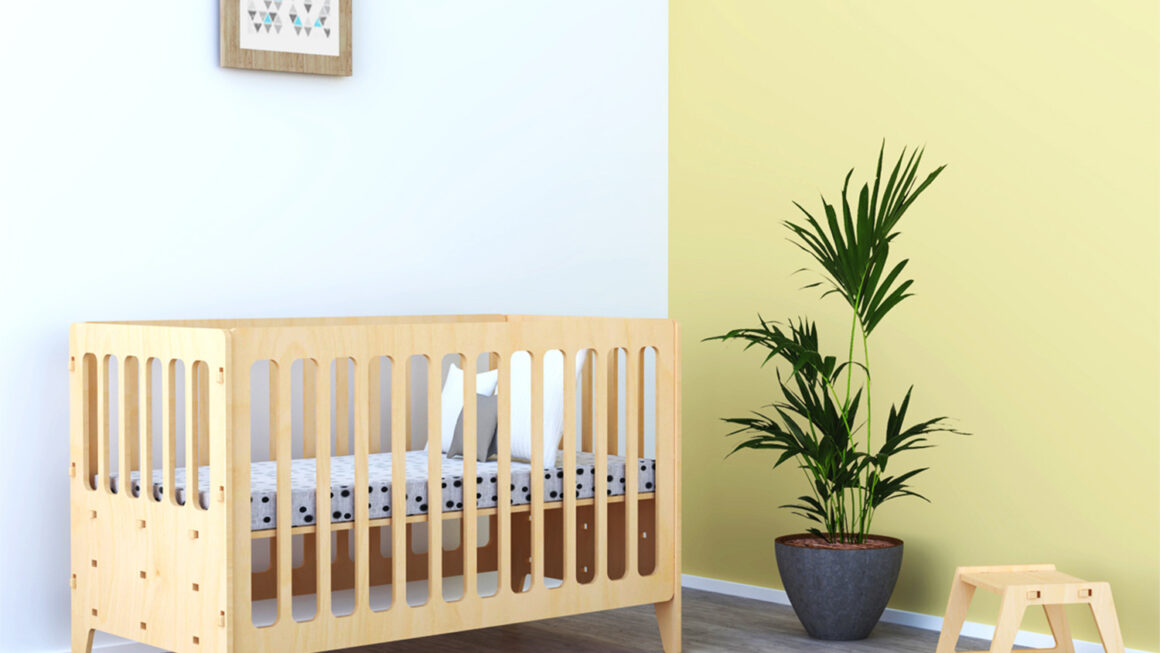LEDs are one of the most robust and multipurpose innovations of the modern world. They are better than other sources of light production like CFLs & halogens in every way. Let us see what they are in detail.
What are LED lights?
LED lights are made from light-emitting diodes (LED). A diode consists of two electrodes which are made from semiconductors protected within a plastic cover. These semiconductors are made from compounds like gallium arsenide, indium gallium nitride, or gallium phosphide, among others.
These electrodes have opposing positive and negative charges. They produce a focused light that covers a broad area when a unidirectional electric current (positive to negative) is passed through them. The process turns negatively charged electrons into positively charged photons to produce electricity. This process called electroluminescence guarantees efficiency and no wastage of power.
LEDs have become ubiquitous in today’s world, even though they are upfront costly. A myriad of vital factors makes consumers choose expensive LED lights for homes and other places over cheap incandescent bulbs.
What makes LEDs the smart choice?
- The circuit:
Incandescent refers to creating light as a result of heat production. Incandescent bulbs of Edison use a filament to do so when electricity passes through them. This implies most of the electricity is consumed for producing heat energy. LEDs, as told in the preceding section, use diodes to convert electrons to photons. The filaments need a glass case, which is fragile in contrast to diodes which use plastic protection.
- Productivity:
The thin wired filament consumed about 70-90% electric energy only to produce heat energy for emitting light. The light takes up a tiny proportion, implying incandescent bulbs waste a humongous amount of electric power. As a result, they only give limited radiance. LED lights are a boon here, as they are 75% more prolific than incandescent bulbs.
- Energy conservation:
The incandescent bulbs take around 50 watts of electricity to produce about 500 lumens of brightness. On the other hand, with less than 10 watts, almost 700 lumens of brightness can be generated via an efficient LED bulb. Clearly, LEDs conserve a significant amount of electricity and produce more radiance than incandescent.
- Lifespan:
Because of being made from glass, the regular bulb becomes vulnerable to mishandling. Additionally, often the filament’s heat energy causes the filament casing to break. This is not only burdening your wallet but dangerous for the well-being of you and your loved ones. Their life span is 1,000 hours in comparison to LED bulbs’ with 100,000 hours of life span. LEDs additionally are not vulnerable to breaking.
- Effects on the environment:
LED bulbs, owing to their mechanism, do not consume extra energy, which is healthy for the environment. Incan descents are the worst for energy conservation. Their short life span implies large scale production of waste materials as well.
- Power fluctuations:
A regular incandescent bulb can fuse in the face of power fluctuations. LEDs, in contrast, do not incur any physical damage to their circuits due to energy fluxes. Therefore, they are more durable.
- Multipurpose:
The incandescent bulbs take some time before they light up. However, LEDs light up in a matter of nanoseconds. Hence, they are far superior to be used in traffic lights rather than incandescent. Additionally, LEDs can be significantly reduced in size, making them more versatile and suitable to fit in small circuits of remotes, toys, etc.
- Immune to cold weather:
Indisputably, a cold climate will affect the productivity of incandescent profoundly. Due to the chilled atmosphere, the filament will take an incredible amount of watts to heat up and produce light energy. And even so, the brightness is too little. LEDs, on the other hand, increase their efficiency in cold weather. Cool temperatures are most favorable for the electrode to carry out the electroluminescence process.
Wrap up
LEDs are multifaceted and omnipresent. They can seem expensive upfront. However, they are bound to serve you above expectations. In the long run, they will save you from the hassles of replacements and maintenance as well.
In a short period, LEDs have come to dominate the world of illumination. Apart from being fast and sturdy, LEDs can withstand extreme temperatures. Using LEDs for decorating homes will brighten your house and lighten your burdens definitely. Just take cognizance of the lumen to the watt consumption ratio, and you will be good to go.





